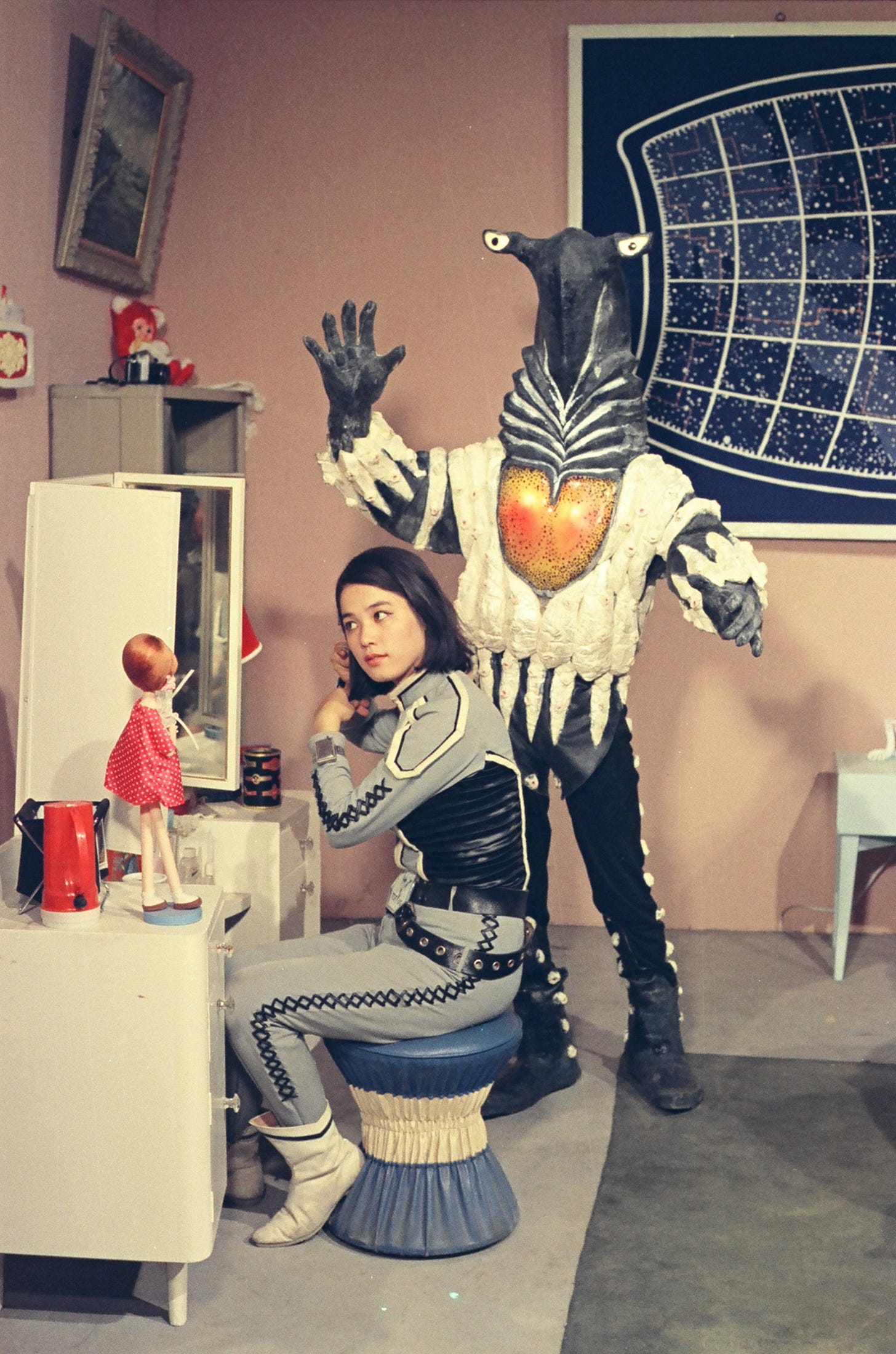CGN Book Review: The Creative Gene, by Hideo Kojima
“I'm not Western. I'm not Eastern. I'm not Japanese. I'm Hideo Kojima.”
If you’ve ever asked yourself: ‘How does Hideo Kojima do it?’, the answer is: books. In addition to consuming colossal quantities of movies and music, Hideo Kojima reads lots and lots of books. By internalising their ideas and intuitively recombining everything he has learned, the uncanny insights and mind-bending qualities of his video games manifest.
The Creative Gene is a brisk read. Most of the content is recycled magazine columns, book-ended by an intro and outro in which Kojima spells out just how much of an influence the media he consumes has on his creativity, and how he feels compelled to leave behind the best possible memes for future generations. He doesn't mean photo-shopped gag images of Shiba Inus, but rather memes as defined by Richard Dawkins: transmissible ideas and concepts.
Some of Kojima's influences are fairly obvious. He cites Blade Runner (which Japanese kino appreciators refer to as BlaRun) as one of his top ten movies of all time. It’s easy to imagine how the final battle between Roy Batty and Deckard influenced the conflict between Liquid and Solid Snake.
Some influences are far more obscure. Ágota Kristóf's trilogy about the traumatic experience of refugees being forced to learn and live a new language (The Notebook, The Proof, and The Third Lie) clearly inspired Skull Face’s scheme in Metal Gear Solid V.
It’s not just books and movies; Kojima also shares a heart-felt essay about his favourite band of all time: Joy Division. He ruminates at length about the power an artist’s work carries when he dies young, as Ian Curtis did. Is it better to go out with a bang and leave a mark on the world, or to live well into old age and become a tired, grey shadow of yourself? Another great Japanese creative, Yukio Mishima, chose the former. Kojima has chosen the latter – he states that he intends to keep working well into his 80s.
“Joy Division was my silent confidant; Joy Division saved my life.”
The most shocking revelation was what sparked his love of reading in the first place: a novelisation of an episode of the TV show Columbo. The young Hideo had been a very reluctant reader up until that point, but when he spied the self-assured, trenchcoat-wearing visage of Peter Falk staring back at him from a bookstore display, some mysterious force compelled him to spend his precious pocket money and learn for himself how the canny Columbo cracked the case.
There are also a handful of insights into the parochial quirks of everyday life in Japan. In his essay on the massive influence Star Blazers had on the anime industry, Kojima casually reveals that in the 1970s it was commonplace for Japanese people to have Yamato-shaped bath toys.
He even shares the secret of how he stays on top of world events: by browsing bookstores. Every day, no matter how busy he is, Hideo Kojima walks through a book store and examines all the new releases. It’s a ritual akin to surfing the web for news, but instead of his gaze being directed by habit or algorithms he gets a feel for what is actually popular with the general public. This habit introduces an element of serendipity into his reading habits, forcing him to explore new ideas that would never occur to him on his own.
While this book gives some insights into the wellspring of Kojima’s creativity, it doesn’t really demystify it; just as watching Streets of Fire won’t ruin your appreciation of Final Fight – it will only enhance it.
I was surprised to count four (4) typos in this deluxe hardcover edition; it’s doubly baffling when you consider that this is a reprint, and they’ve had plenty of time to effect corrections. Viz Media should invest more resources in proof-reading to avoid such embarrassing boners. Whether or not this book is worth the AU$33.99 price tag will likely hinge on how much of a Kojima obsessive you are.
The biggest take-away from this work is that you shouldn’t feel guilty about experiencing the world vicariously, because our time on this Earth is finite, and there are so many insights that can only be gained by absorbing experiences second-hand.
“Stories and fiction are often criticised as escapism. But in fiction is truth. Fiction can also be a tool at the forefront of the fight to correct the problems of reality.”
In describing how both obsessive media consumption and random chance can spark new ideas, Hideo Kojima makes the process of synthesising compelling new content sound easy. At its core, this book is inspirational.
You cannot change your genes. But you can change your memes. If you consume the right movies, music, and books, then maybe – just maybe – you can unlock the Kojima within you...
The Best Gaming Tweets of the Week




























